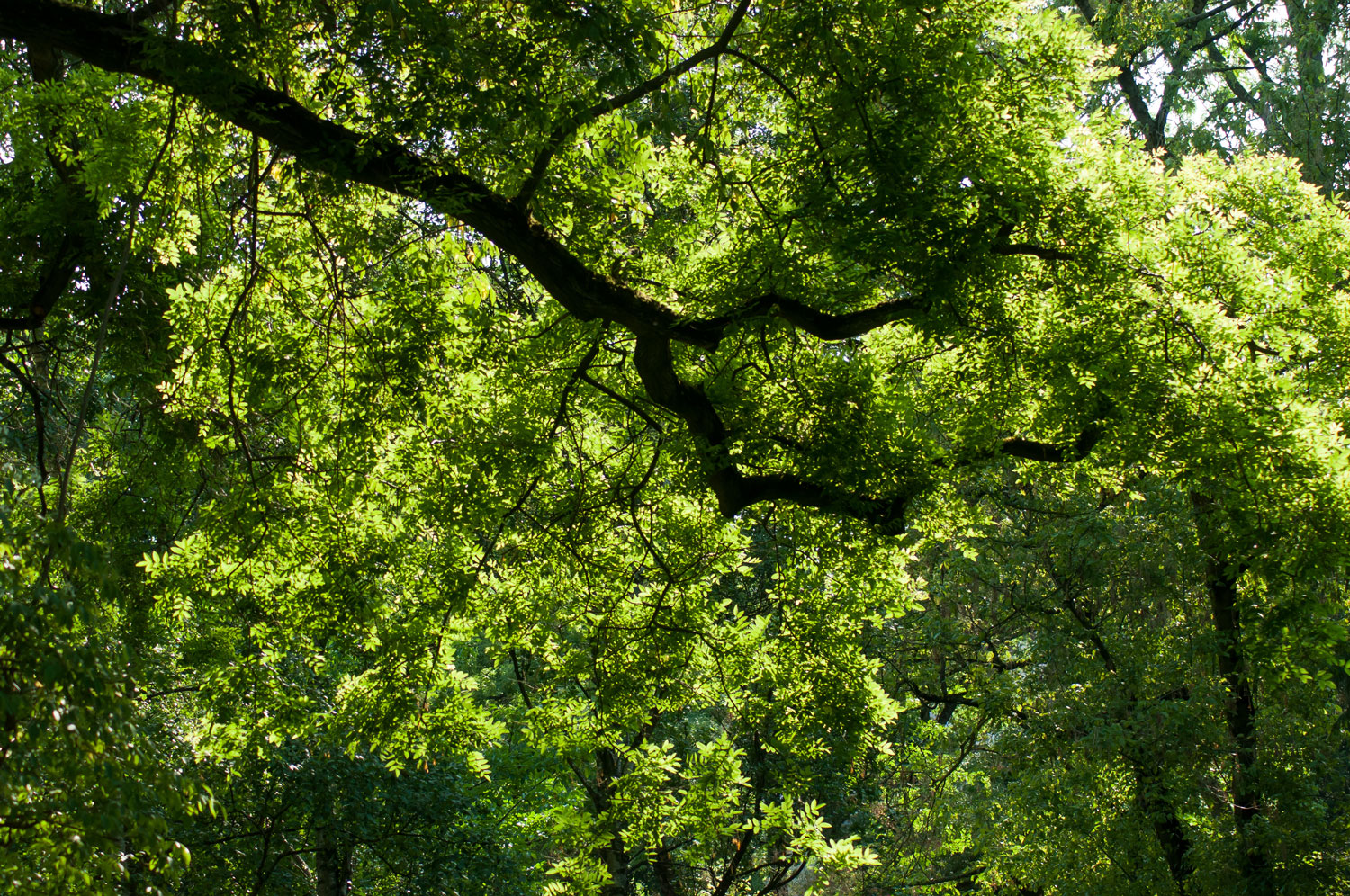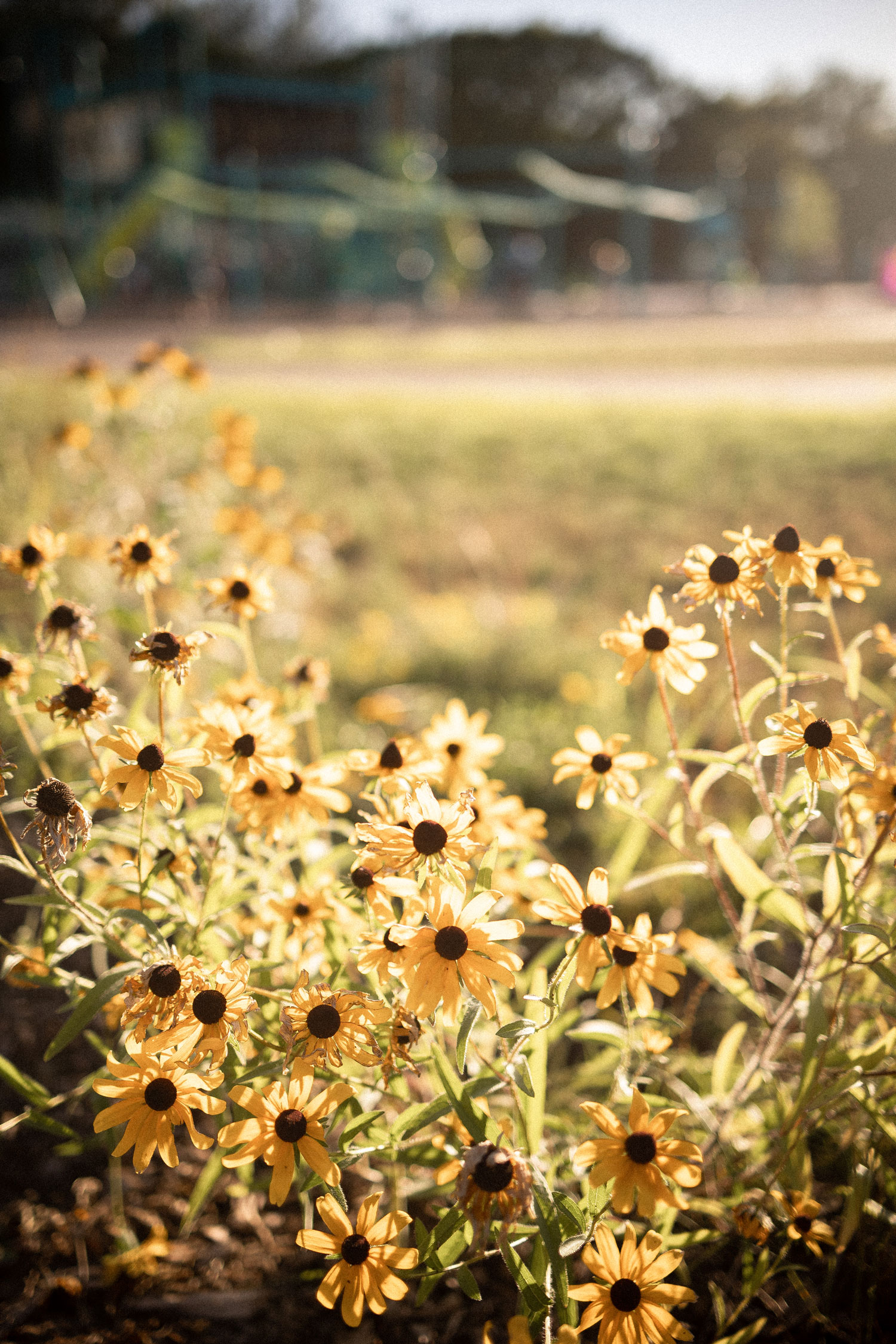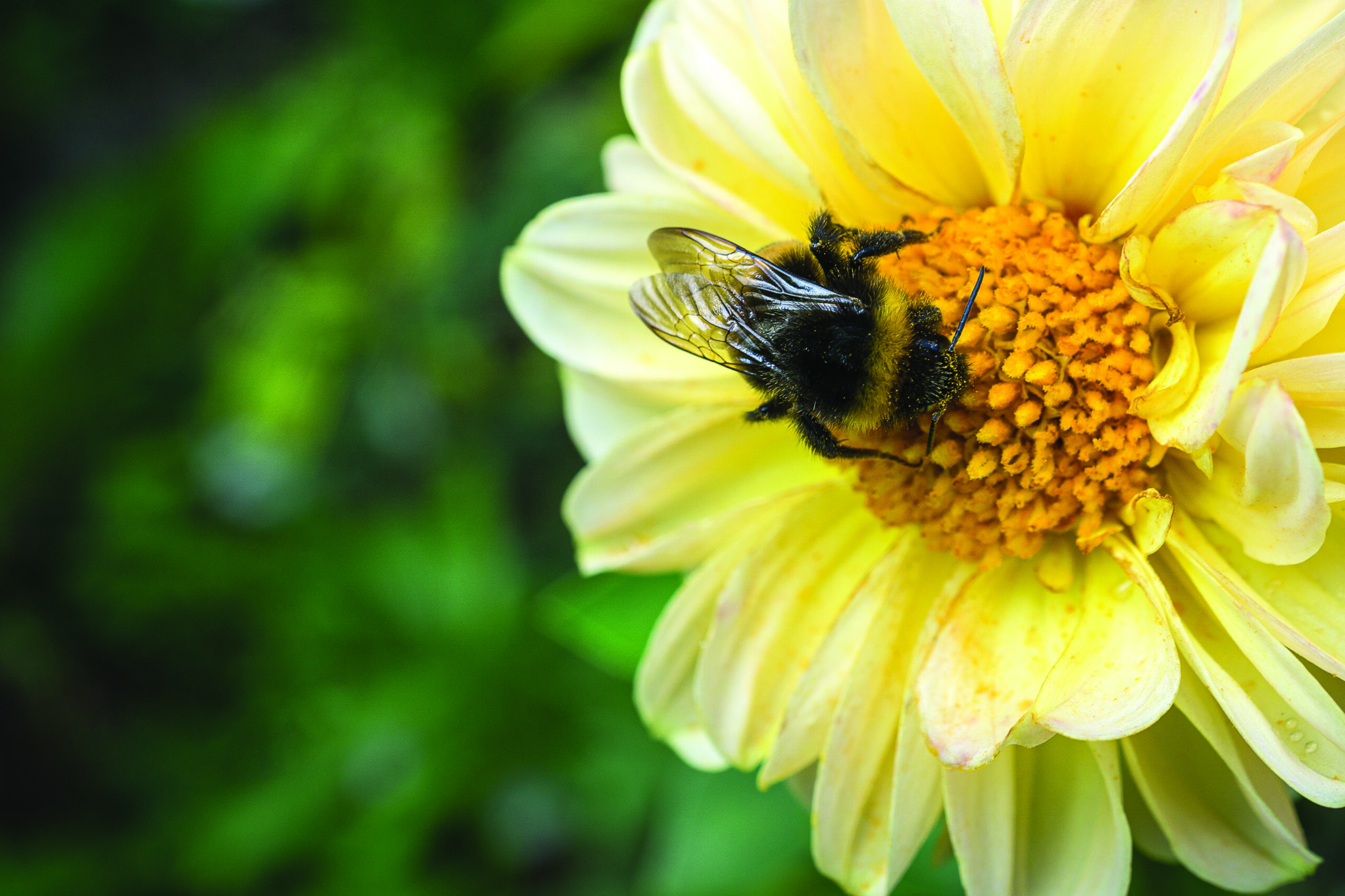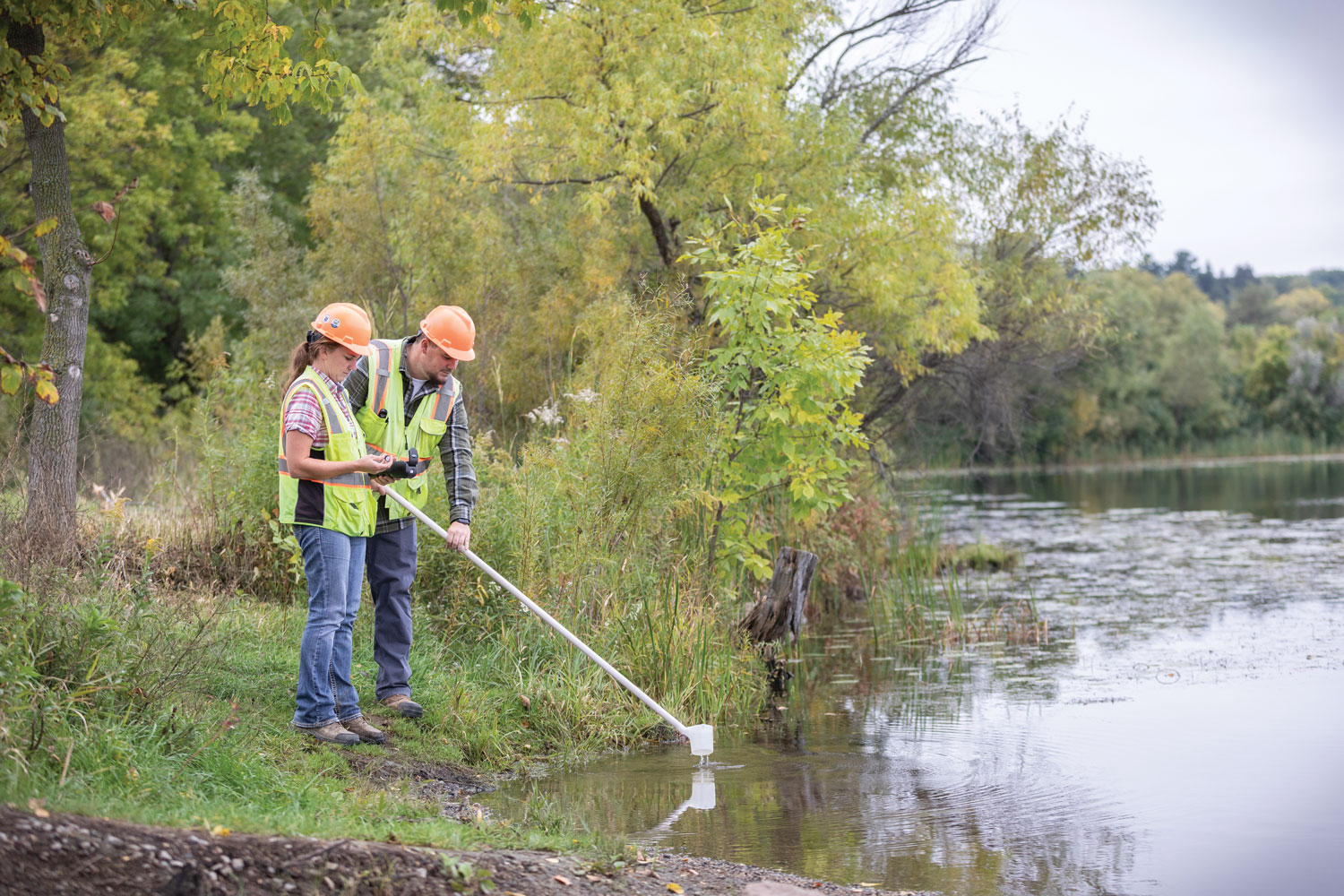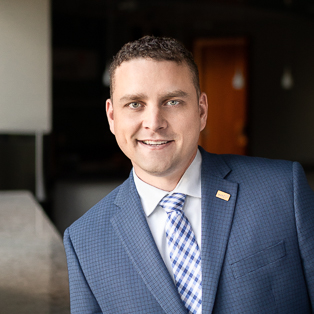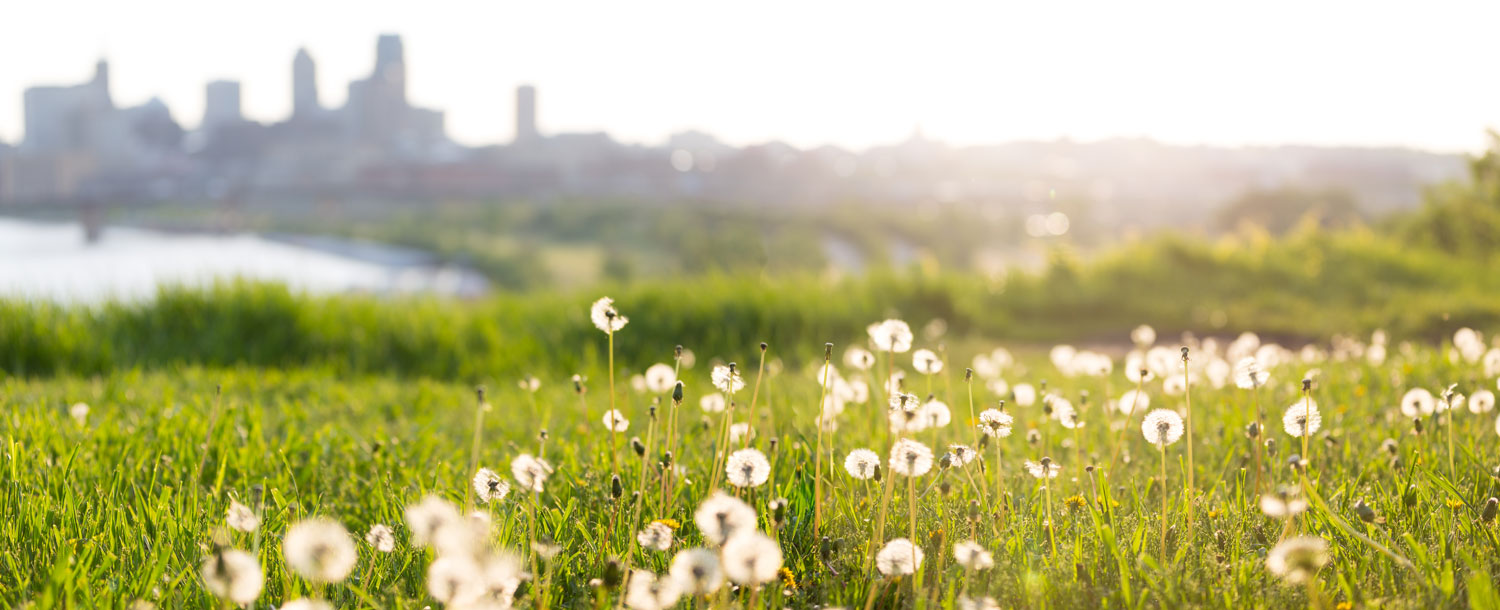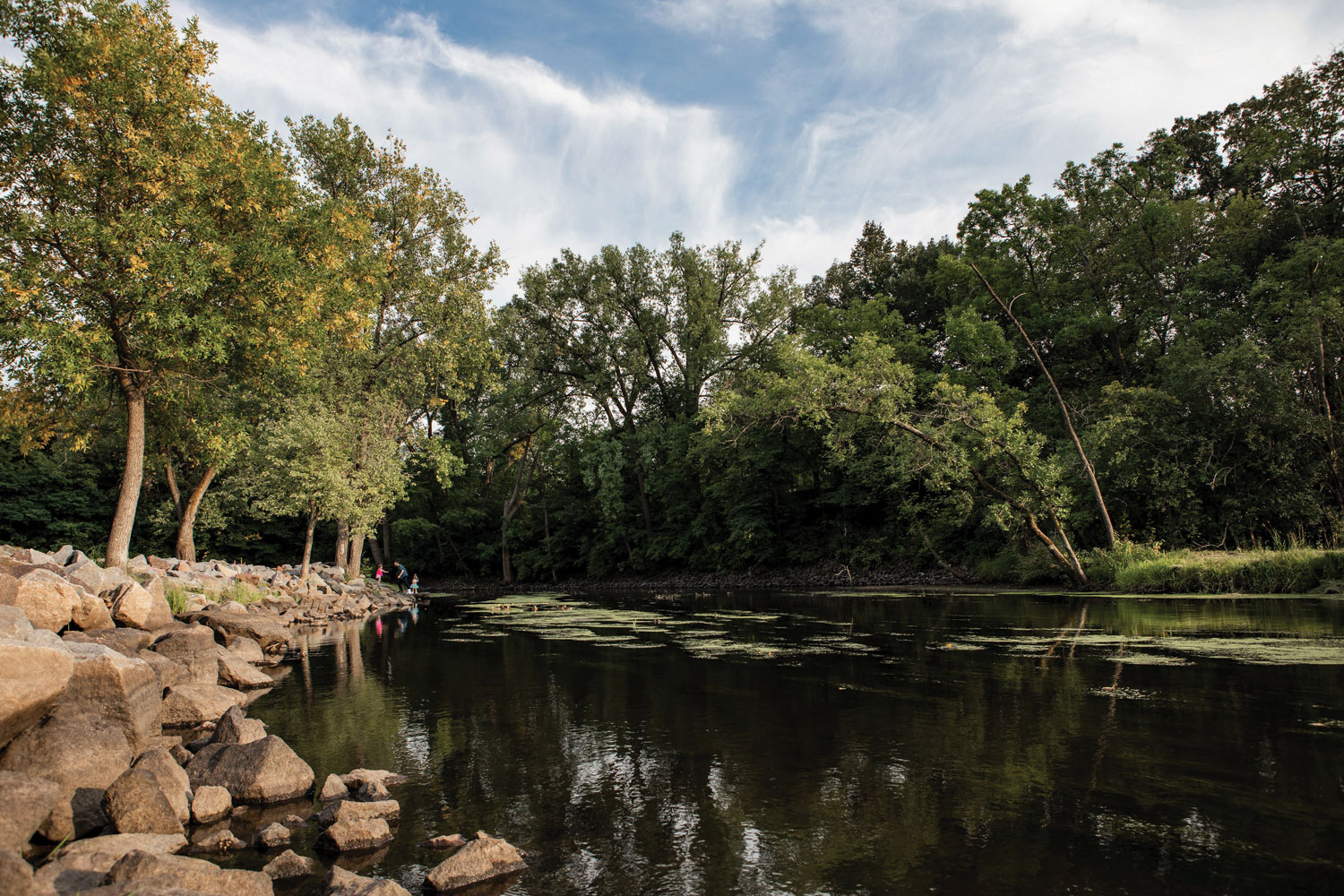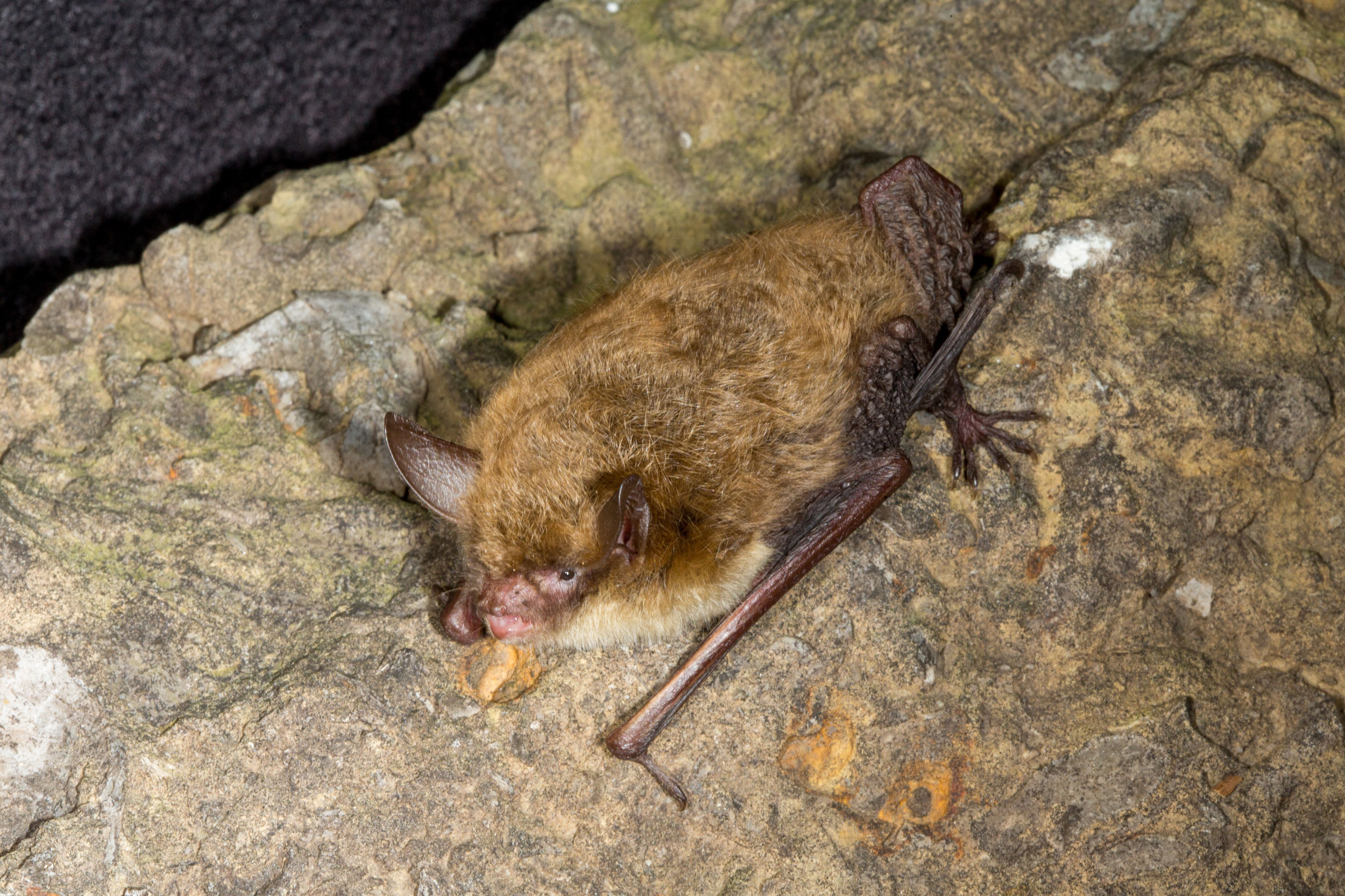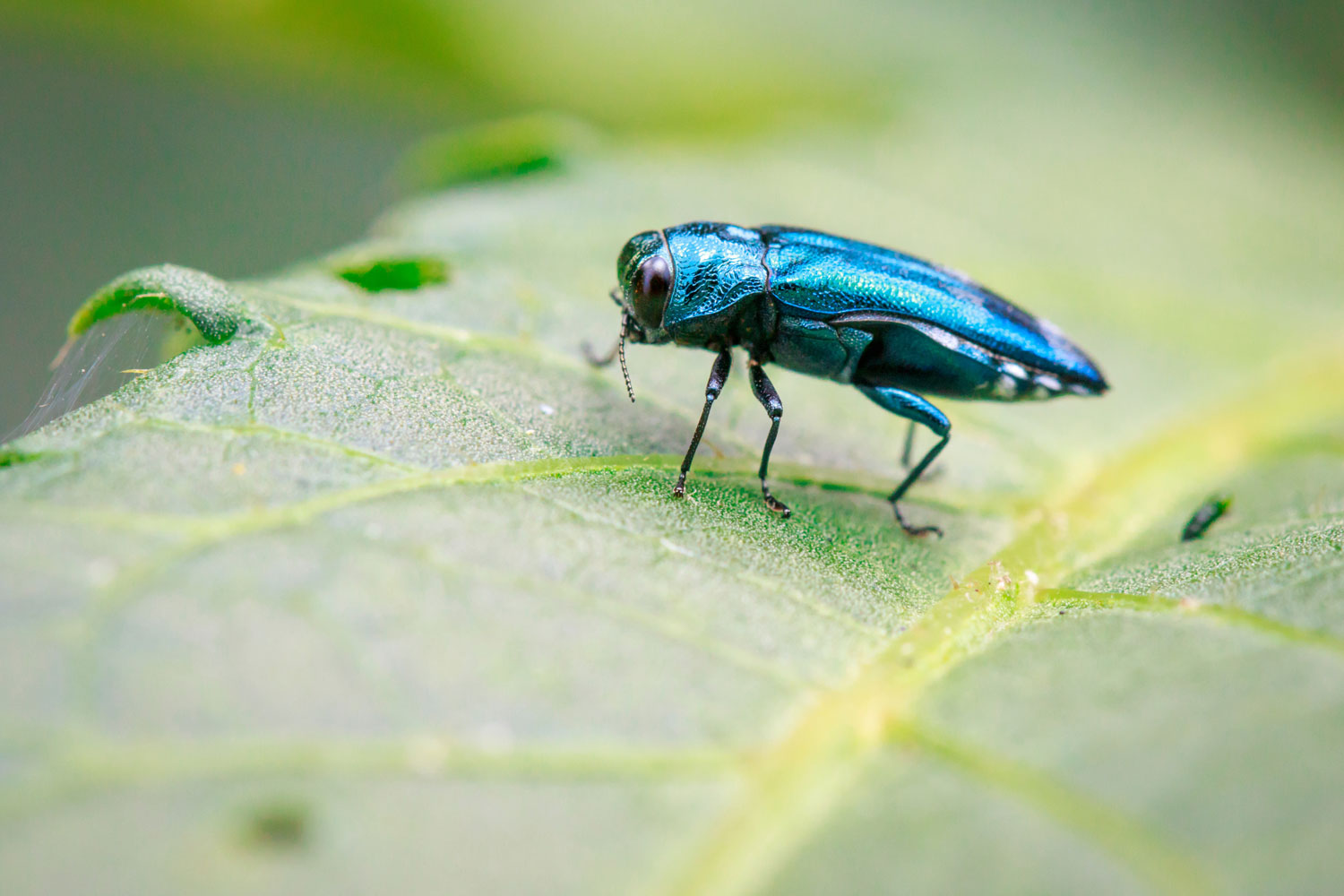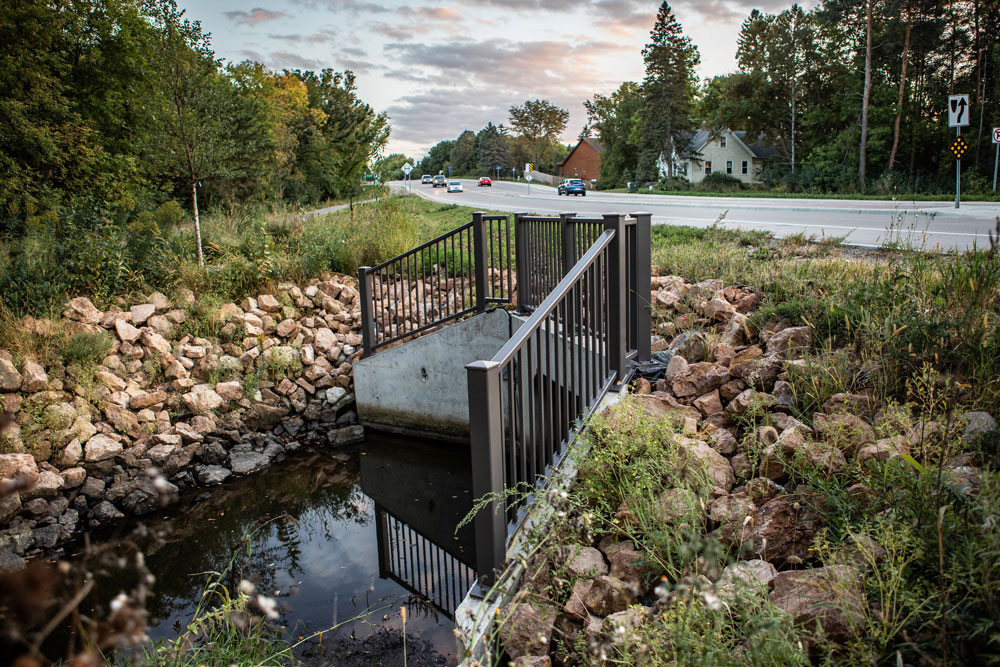
What Does the Mild Winter Mean for Spring
March 11, 2024
By Jake Newhall, Director of Water Resources, Mary Newman, Sr Environmental Scientist, and Emily Ball, Forestry Program Manager, WSB
As Midwesterners, we always expect Mother Nature to throw us some curveballs when it comes to weather. The winter of 2023-2024 has been no exception. El Nino weather patterns created unusually mild weather this winter and less snowfall. While cities may have benefited from things like fewer snow emergencies, what do these weather patterns mean as we head into spring?
Here are a few things to consider.
Stormwater Runoff
The lack of snowfall and warmer temperatures means that the ground is warmer than normal and contains less frost since there is not a layer of snow insulate the ground. The lack of precipitation and snowmelt could lead to drought this spring and into summer. Alternatively, if we do end up with significant snowfall in March and April, the thawed ground will allow water to absorb straight into the ground, resulting in less runoff and replenished groundwater sources.
If we don’t receive significant precipitation this spring, pond and lake levels are also expected to be lower than normal. While drought is a concern, the good news is that lower water levels provide an excellent opportunity for stormwater inspections. Other good news from a mild winter is that we are likely to see fewer environmental impacts this year from sanding, salting and runoff than in years with heavier snowfalls.
Lakes, Rivers and Streams
When thinking about water quality, it’s also important to think about what this mild winter will mean for lakes, rivers and streams.
Lack of snow cover and ice means that aquatic vegetation will have an early start this spring and likely result in an abundance, especially with invasive curly leaf pondweed. The increased abundance will have an impact on phosphorus levels in the water as these plants die back in the late summer. If the warm weather and low precipitation levels continue, this could mean a higher likelihood of harmful algal blooms which can put pets and animals at risk when they drink the water. However, the increased cover may benefit the aquatic community in the meantime for those that depend on its cover for survival.
Many water managers have a plan for invasive curly leaf pondweed management. This year, harvest may have to occur earlier and more often to combat a late season phosphorus rise. As in most years, it will also be important to monitor algal blooms and inform lake users if sampling indicates harmful bacteria levels that would have an impact to human and animal health.
Trees and Invasive Species Management
For communities managing tree health, it’s also critical to explore how this year’s mild winter will impact trees. With many places in dry or moderate drought conditions, more trees will experience drought stress. If precipitation patterns continue, it’s important to build out a plan for regular watering throughout the summer to protect trees. Furthermore, drought stress and lack of adequate watering can make trees more susceptible to secondary pests.
The lack of subzero temperatures this winter also means that the invasive species Emerald Ash Borer (EAB) larva largely survived the winter. It takes 24-48 hours of temperatures of -30 degrees Fahrenheit to kill EAB larva. EAB is a serious concern to ash trees across the United States, occurring in 30 states including Minnesota, Colorado, and Texas.
Oak wilt disease is another concern. The normal oak pruning season is typically from November through early April to prevent oak wilt transmission. For 2024, it will end earlier, oak tree pruning should be stopped immediately to protect tree health and limit the spread of oak wilt. The University of Minnesota Extension provides an oak wilt status page on their website that should be monitored closely each spring to ensure you aren’t pruning during high-risk oak wilt season.
How WSB Can Help
This unusually warm and dry winter is creating both problems and opportunities for communities – from managing water quality to protecting wildlife and native tree populations. WSB has a team of experts who can help plan and execute sustainable solutions that protect ecosystems, enhance water quality, restore habitats, and meet the unique needs of your community.
Jake has more than 15 years of engineering experience designing and managing many types of water resources projects, including modeling, planning, design, maintenance programs, and construction. Jake has worked with various municipalities, counties and state agencies to solve challenging water quality and water quantity problems.
[email protected] | 763.231.4861
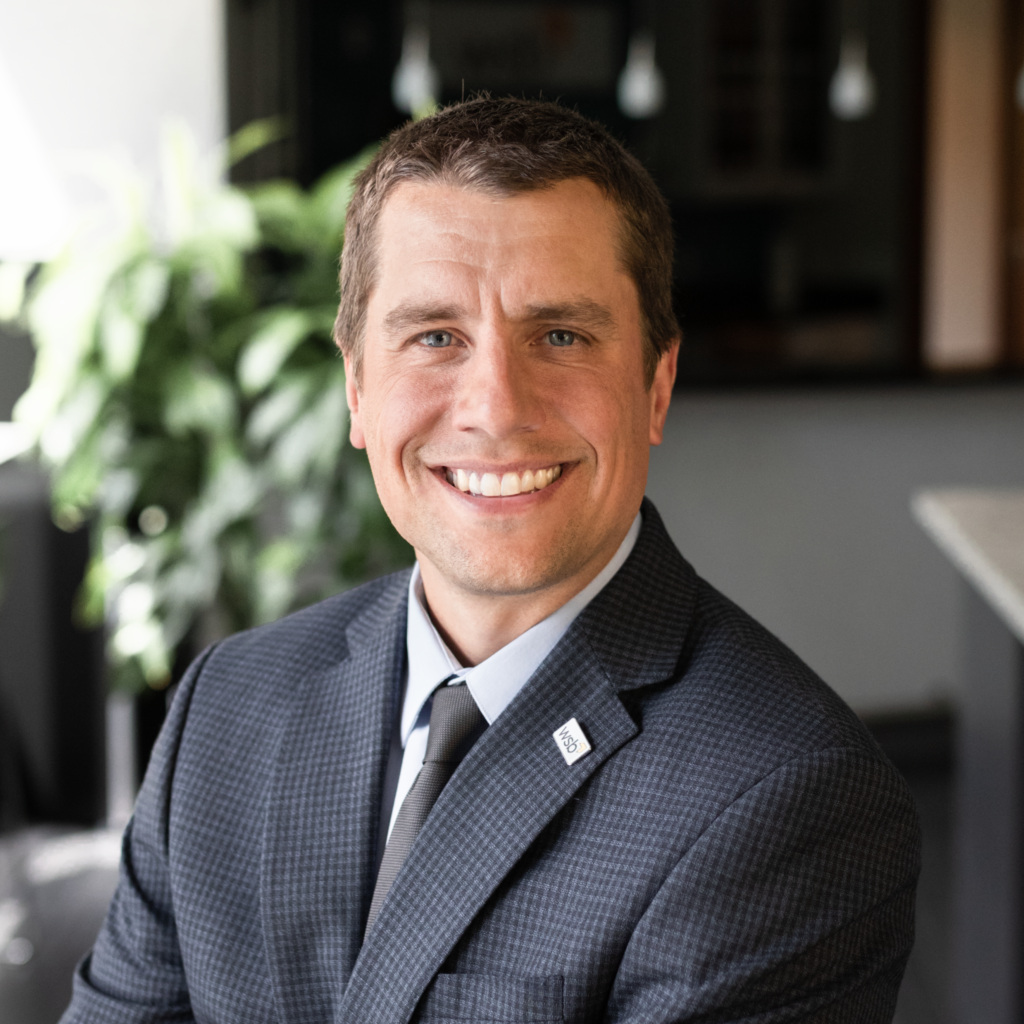
Mary works as an environmental scientist where she provides reliable field data collection and reporting that includes: boat electrofishing fish surveys, water quality sampling, in stream fish sampling, physical stream barrier observations and maintenance, various techniques for rough fish removal, fish tagging and tracking, and aquatic habitat improvement recommendations.
[email protected] | 763.762.2858

Emily is a ISA Certified Arborist, MN Tree Inspector that brings 20 years of experience, primarily in community forestry. She has extensive experience in contract administration, management of staff, AmeriCorps members and contractors, budget and grant management, plan review, tree health and condition inspections, outreach and education. She works closely with partner organizations, staff, and the community to educate, manage natural resources and provide excellent customer service.
[email protected] | 651.318.9945



